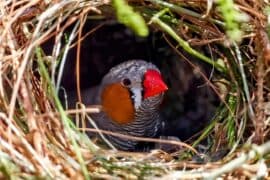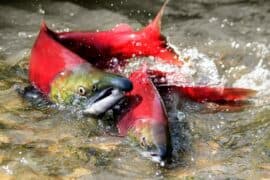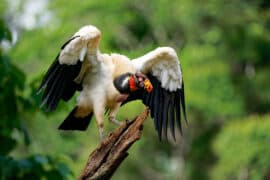Ceranemota improvisa
(Ceranemota improvisa)
Description
Ceranemota improvisa is a moth in the family Drepanidae. It was described by Henry Edwards in 1873. It is found in North America, where it has been recorded from northern California, western Oregon, western Washington and south-western British Columbia. The habitat consists of mixed hardwood forests, coastal rainforests and mixed hardwood-conifer forests. The length of the forewings is about 16 mm. The forewings are banded greenish grey and dark brown grey. The hindwings are medium brown grey with a faint grey discal spot and terminal line. Adults are on wing from late September to November in one generation per year. The larvae feed on Crataegus douglasii and Prunus species.
Taxonomic tree:
Domain:
Kingdom: Animalia
Phylum:
Class: Insecta
Order:Lepidoptera
Family:Drepanidae
Genus:Ceranemota
News coming your way
The biggest news about our planet delivered to you each day







